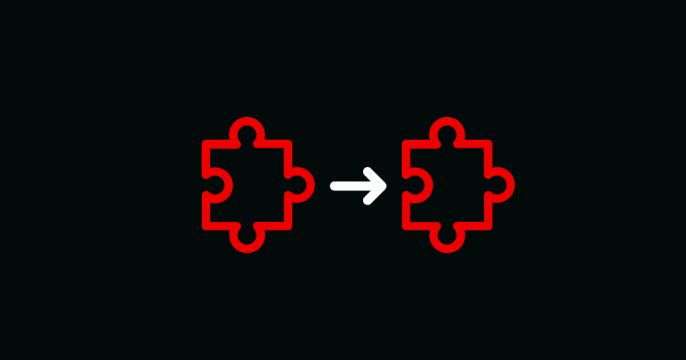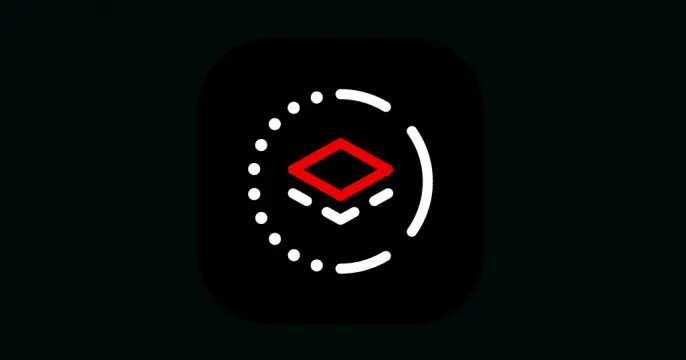Download, Install, and Deploy the Red Hat build of Quarkus
Kubernetes-native Java with low memory footprint and fast boot times for microservices and serverless applications. Explore all Java content.

Red Hat build of Quarkus 3.8 is now available. Click here to view more details.
Getting started with Red Hat build of Quarkus
1. Install the Red Hat build of Quarkus
You can get up and running with the Red Hat build of Quarkus in just a few simple steps using your command-line interface (CLI). Open your favorite terminal and use JBang to install the Quarkus CLI. You do not need to have Java installed first. See below for instructions specific to your environment.
Quarkus requires Java to be installed on your machine for it to run. To install Java on your machine, get the Red Hat build of OpenJDK from here.
Get access to Quarkus your way
When we say Quarkus is everywhere, we mean everywhere. Quarkus is a flexible and powerful Java framework that makes it easy for developers to integrate and incorporate a variety of application services. Quarkus is both integrated with supported via a number of Red Hat product bundles.
Red Hat product bundles with Quarkus

Learn about Red Hat Enterprise Linux 8.4 and how it helps with new time zone...

Flexible integration products to connect your applications across hybrid...

A stable, proven foundation that’s versatile enough for rolling out new...
